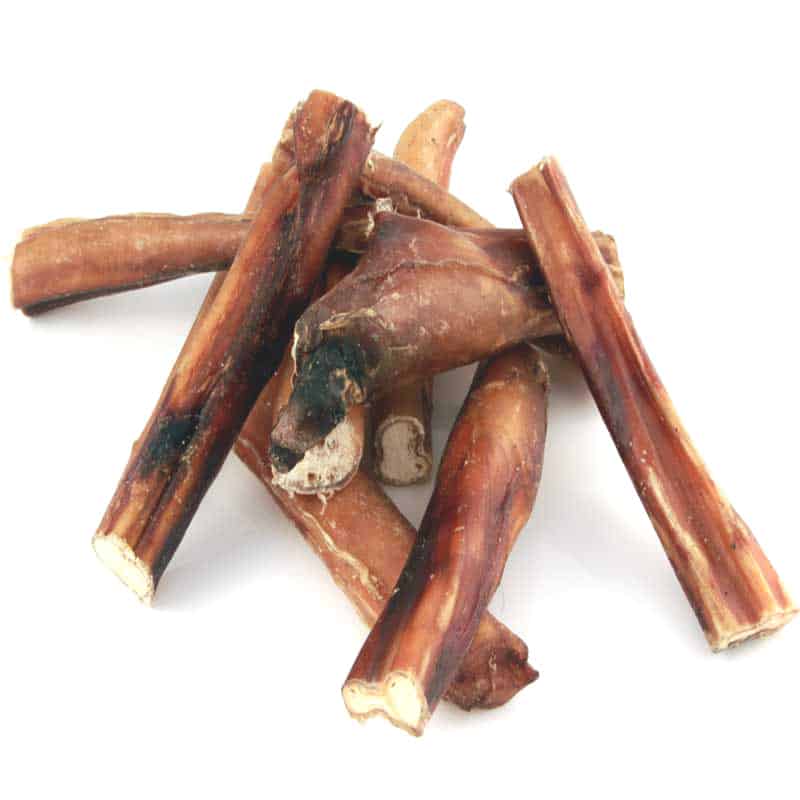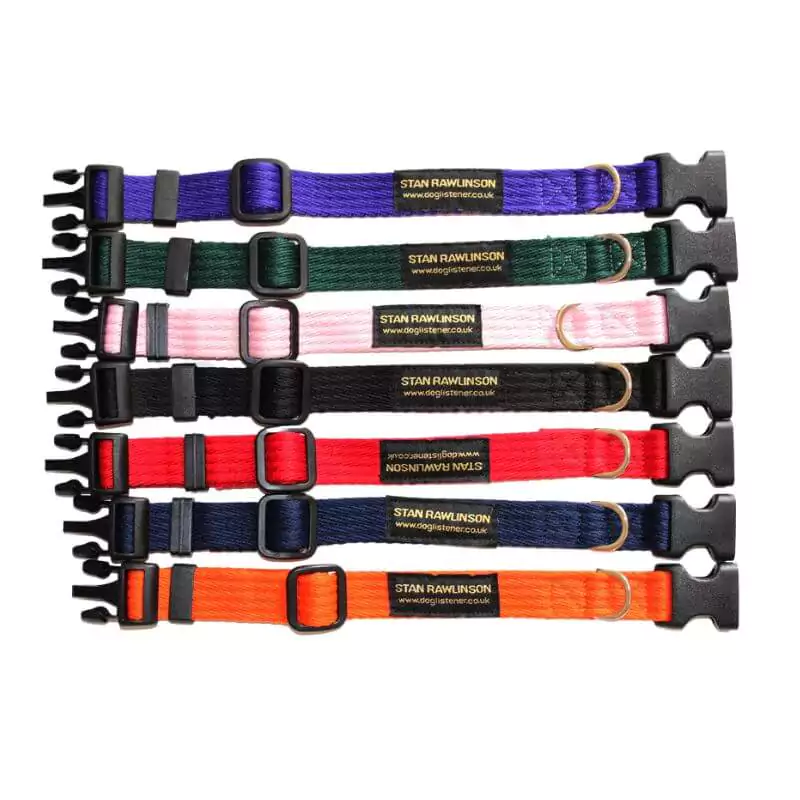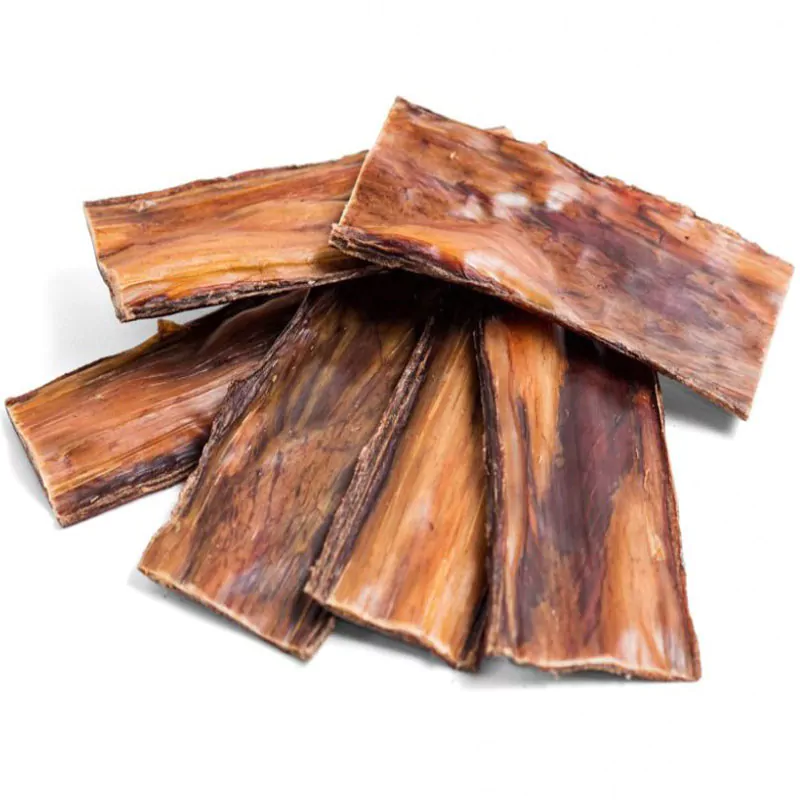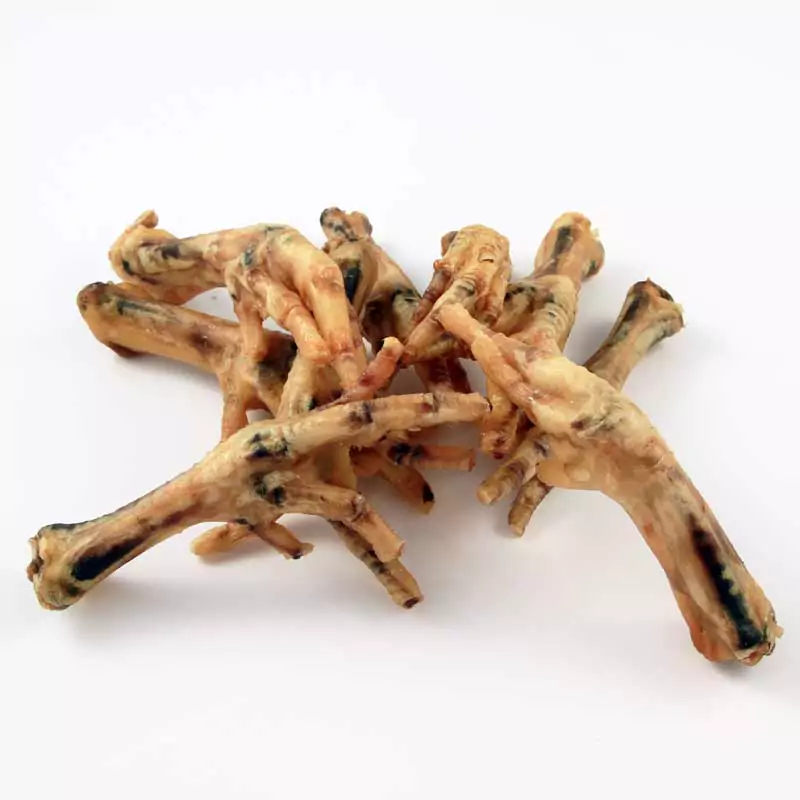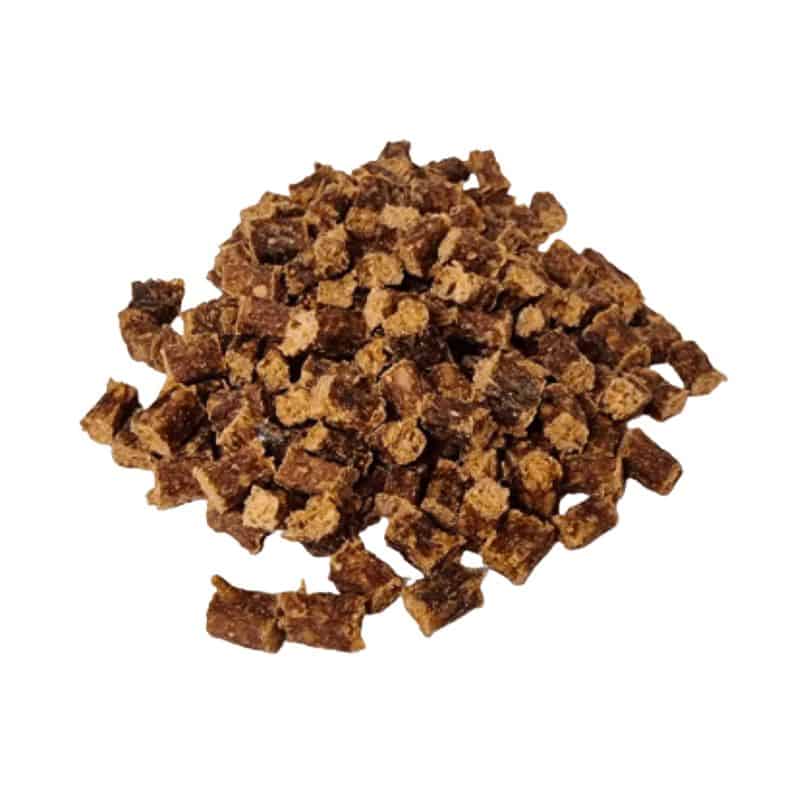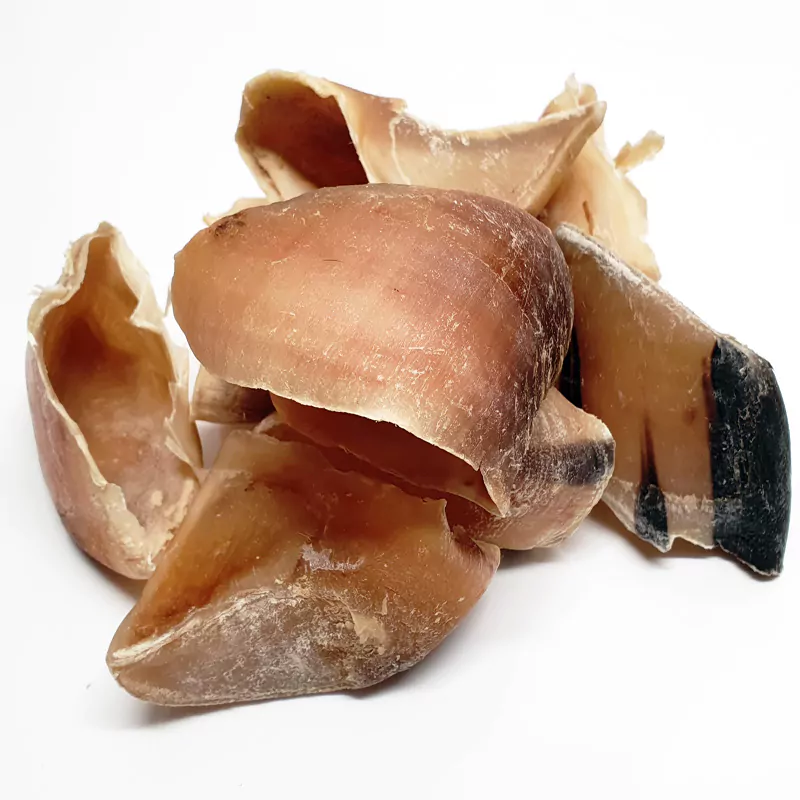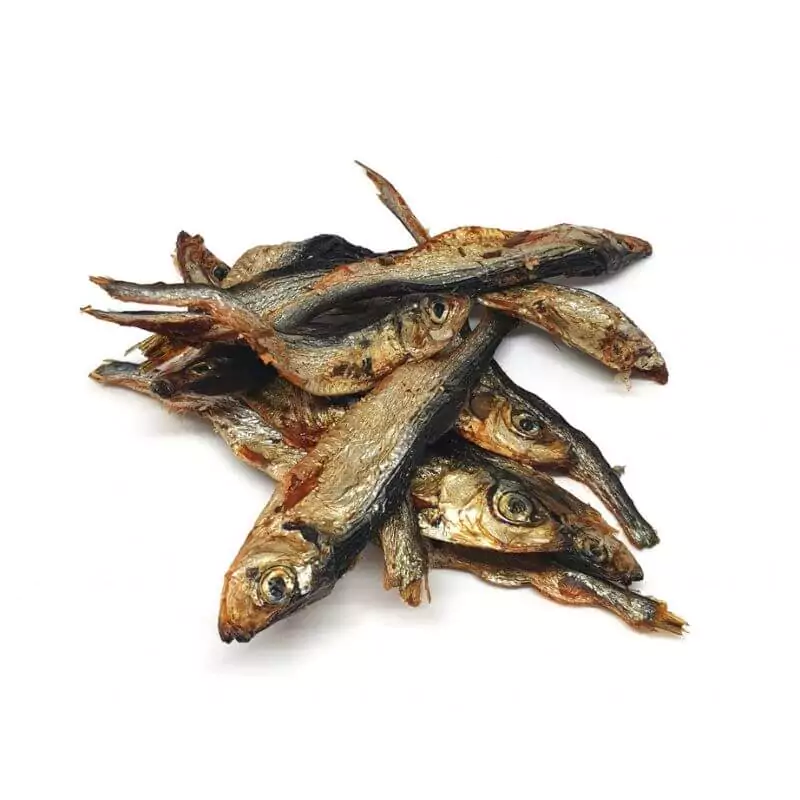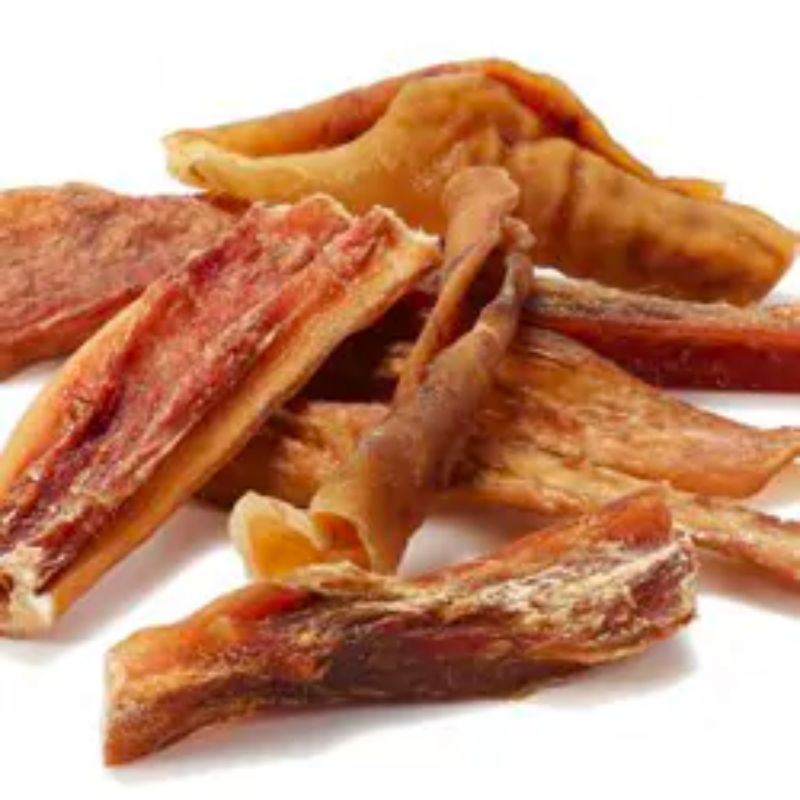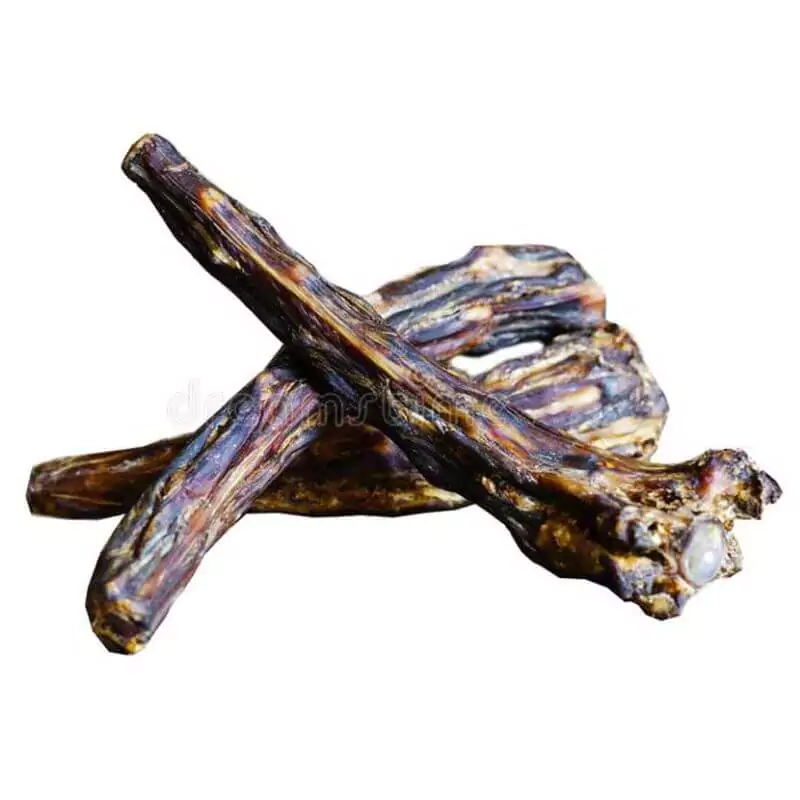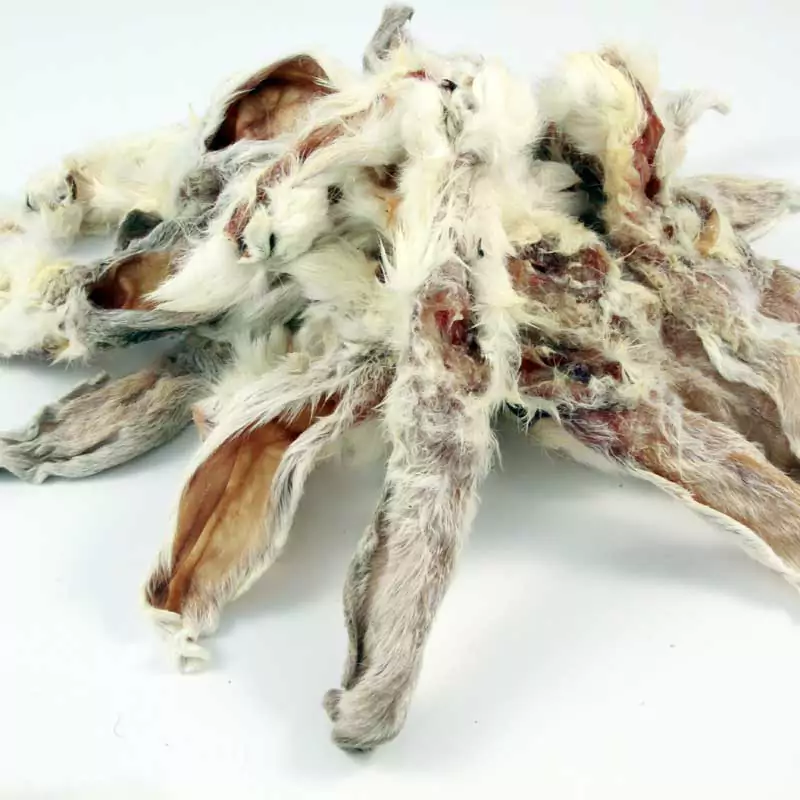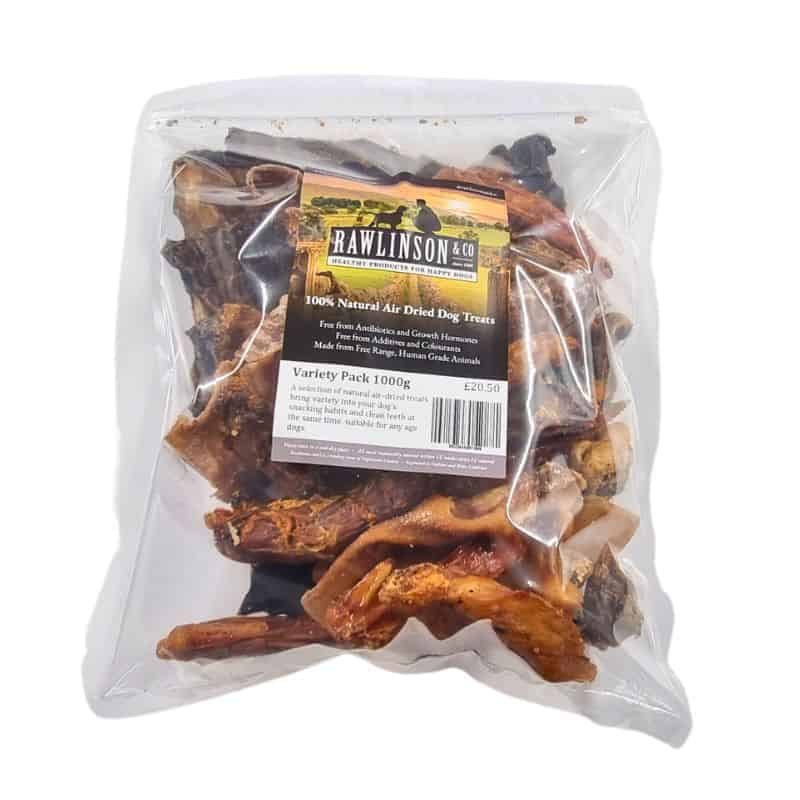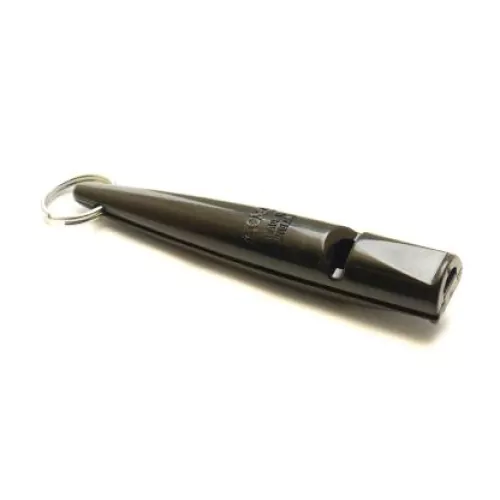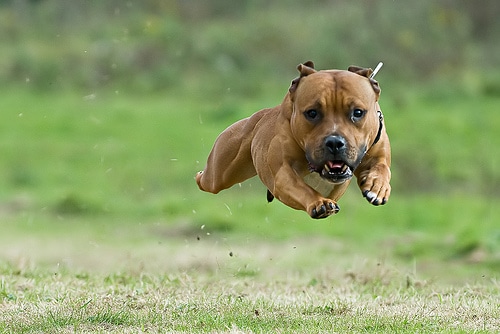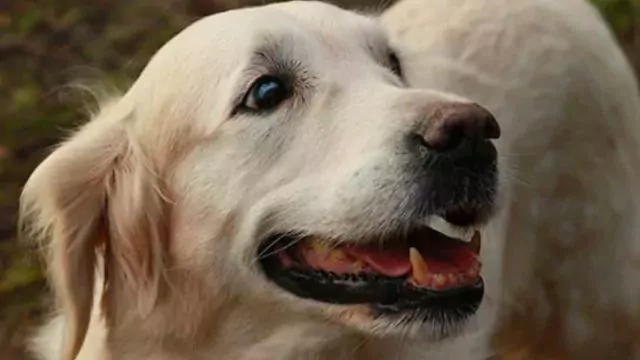The History of the Staffordshire Bull Terrier
Stan Rawlinson dog behaviourist. Explains why the Staffordshire Bull Terrier has been wrongly accused. Staffies make great family dogs
Why Is This Breed So Maligned?
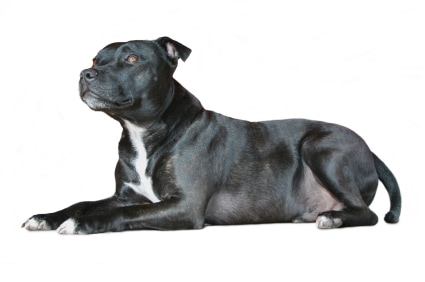
False Reporting: There have been lots of changes to the DDA (Dangerous Dogs Act) over the last few years
These changes affect all dog owners. Especially if their dogs show any signs of aggression both indoors and outside.
It has been reported that attacks have increased massively over the last few years. Many of these attacks are blamed on the Staffordshire Bull Terrier.
The press, radio, and television, regularly telephone me to give an expert opinion on a particular dog issue.
I am often concerned about the very emotive language used by today’s media, which includes, Newspapers, Television, Radio and the Internet.
In many cases, the dogs will be described as Staffordshire Bull Terriers (SBTs). In the next sentence, we may hear the term “devil dogs” They may often go on to describe gangs of hoodies, hanging about street corners with their vicious dogs.
We are told they are used as status symbols and weapons for terrorising other gang members, and innocent bystanders. We then hear that the most common dog in Battersea Dogs Home and other animal welfare re-homing organisations are the Staffies.
I find that this breed is boisterous and very loving. Sometimes this trait needs controlling. Without control, it can cause problems for certain people. See below for the tools and techniques, that can control a boisterous dog. Highlighted in the yellow box.
Many of my clients will cross the road to pass this “Devil Dog” and many are fearful of their reputation, especially as they assume they are all inter-human aggressive. It may come as somewhat of a surprise to find that this could not be further from the truth. These poor dogs are being unfairly stigmatised by the media and the general public.
They assume these dogs are highly dangerous to any human or dog. That assumption is often incorrect, especially when it relates to people and children
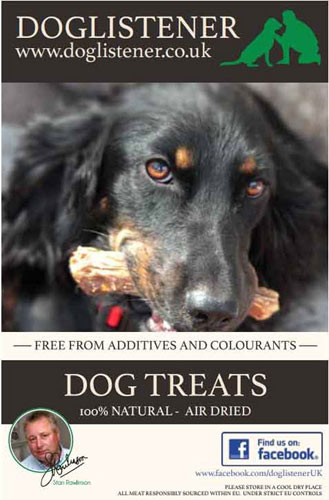
Natural Air Dried Treats for Dogs: I have now started my own ethical brand of totally natural air-dried dog treats
Click on the picture left which is Gunner one of my five dogs and it will take you to the range of all my treats scroll down to see all of them.
All are grown as nature intended with no growth hormones, steroids, or antibiotics and are non-halal.
All meat and animals must come from EU-regulated livestock.
Made from fresh raw ingredients No chemical additives. No flavourings or colourings Gently dried and natural.
No preservatives, No sugar, rancid fat or caramel Most are suitable for puppies and older dogs
Come from EU-regulated livestock Human grade meat. These are never stored in massive warehouses for years on end waiting for the price to rise.
I currently have thirty-four different treats that will rise and new ones arrive. They range from cow hooves to bull’s willies. beef scalp to chicken necks, rabbits ears, Pigs tails, dog spaghetti and ear shells (Auricles) and lots more.
I Have Never Owned a Staffie: I have generally owned Gundogs, German Shepherds, and some Terrier crossbreeds. I thought it important to point this out. I am not looking through rose-tinted glasses as some articles on a specific breed tend to do. like many dog owners, that see no wrong in whatever breed of dog they own they cannot see that their chosen breed can have genetic traits that can be negative in some people’s eyes. Unfortunately, not everyone loves dogs, we have to take that into consideration when training the SBTs to control their natural boisterous personality.
I have written this article with my behaviourist and trainers hat on. It is based on facts and long-term experience of working with all breeds, including the SBT for over 45 years. Like most of my articles, I try not to use jargon or half-truths. I generally say it as it is.
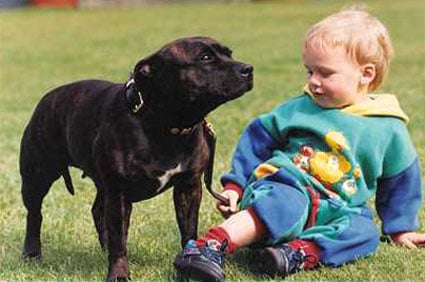
The Staffie’s (Staffordshire Bull Terriers) reputation is built on hearsay rather than fact. On the way, it looks rather than the way it acts.
It is often identified incorrectly. In reality, many of the dogs that show aggression are bull breed crosses.
The purebred Staffie is a whole different ballgame. It has a nickname, “The Nanny Dog” That nickname came about because this breed is known to be so good with children.
The Staffie is the breed that is recommended for a family with young children by many welfare and re-homing organisations. These organisations and rescue centres believe it is probably one of the best family dogs of all the dog breeds.
It is the only breed that has been described as “Totally loving to its family “, and is the only dog to have “totally reliable” in its breed description and standard. The very breed that many describe as vicious, unreliable and a killer.
The Kennel Club describes the breed’s suitability for young children. One of only two breeds, to have this recommendation the other one is the Cavalier King Charles. So how did the Staffie become so good with children and adults, and why is it such a loyal and loving family dog?
For that answer, we have to look at how the breed started, what shaped its temperament, size, nature and behaviour. For within that information lies the key to its genetic and social temperament and disposition
| Is your dog pulling on the Lead, Unruly, Bad Recall, Aggressive on Lead, Jumping Up? See my article and Video Clips on how to stop this. The Jingler |
The History of The Staffordshire Bull Terrier:
One of the biggest sporting and gambling events in the 17th and 18th centuries was bull and bear baiting.
This was setting packs of dogs on bears and bulls. Cockfighting and dogfighting were also widespread.
Large amounts of money were gambled on the outcomes of these so-called sports.
The reason they baited bulls was for the spectacle and the gambling also to tenderise the meat.
In fact, at one time it was illegal to sell bull meat unless it had been baited and tenderised first by dogs.
It was believed that the bull was so terrified by the dogs attacking, that it released hormones, such as adrenaline and noradrenaline into the muscles and bloodstream.
These hormones supposedly made the meat taste better, less stringy and tough. They still do the same in Korea with dog meat. The animals are terrorised to release these fear hormones. This they claim makes the dog meat taste better. I will say no more about that practice, other than to quote Gandhi:
“The greatness of a nation and its moral progress can be judged by the way its animals are treated.”
The dogs that were used to bait bulls were Old English Bulldogs. These Bulldogs were very different from what we see in today’s breed. They were more like the athletic American Bulldog, but larger and far more heavily muscled.
It is believed that they crossed fighting Bulldogs of the day, with some terrier stock. This cross became known as the Bull and Terrier.
When the Humane Act also known as The Cruelty to Animals Act, came into being in 1835. This act was intended to protect animals from mistreatment and banned all baiting and dog-fighting sports.
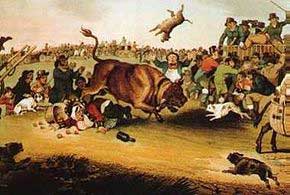
It was of course almost impossible to continue bull and bear baiting.
The space required to put on such an event would have been enormous, and almost impossible to stage secretly.
However, it was possible to carry on dog fighting, as this could be done indoors.
Therefore, a whole new breed of dog was required. Smaller, stockier and super resilient.
Though the breeding of these dogs was popular with miners, chain makers and steelworkers.
It was the Staffordshire potters that really took this breed to a whole different level.
They bred the Bull and Terrier with other smaller terriers creating a heavily muscled pocket-fighting dog. This finally became the Staffordshire Bull Terrier we know today.
The Potters were not rich; in fact, they were very poor. They bred these dogs to earn further income from selling and fighting them. Often they had large families, that could see ten or twelve children in a one or two-room hovel. In these circumstances, it would have been impossible to keep an aggressive fighting dog that also showed aggression to children or adults.
It is believed that for over fifty years, these early breeders killed every dog that showed the slightest aggression to any human, of any age. This action effectively eradicated inter-human aggression from this breed. Fortunately, these traits still stand today in the purebred Staffordshire.
They were trusted so much that It was common to see an injured fighting dog covered in blood, taken back home in the same pram as the newest babies. These men around Britain and in particular the Staffordshire area started to show their dogs and set out requirements for their configuration.
They worked tirelessly to get the breed pure and its behaviour to humans solid. In 1935, exactly one hundred years after the Humane Act made baiting and dog fighting illegal, the SBT became officially recognised as a pedigree by the Kennel Club of Great Britain. Though I do not own a Staffie, I am into gundogs, It does not stop me from admiring the breed. However, I would strongly recommend looking at my training aid called The Jingler when initially training this breed.
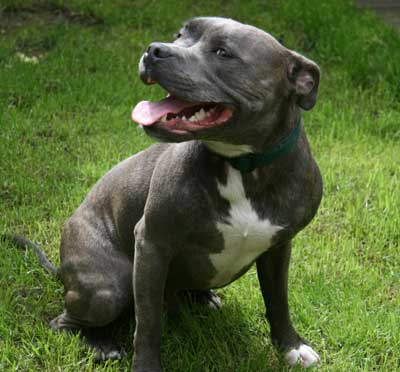
Bad Name: So why has the breed got such a bad name with regard to human aggression?
It is simple. It’s the Staffie’s misfortune to resemble breeds that can be inter-human aggressive.
It is also unfortunate that when Staffy’s are crossed with other breeds they tend to resemble the Staffordshire, more than the dogs they are crossed with.
That could be anything from a Whippet, Collie, Labrador or Mastiff. Once you cross the Staffie you are effectively adding other genetic and breed behaviours to the offspring.
This can have the effect of watering down or removing the strong anti-aggressive human bond, which can result in dogs that can become aggressive to people and children.
I am sure we have all seen people sidestep or cross the road, avoiding coming anywhere near the owner or their purebred Staffordshire Bull Terrier.
It would be laughable if it wasn’t so sad. People look at these dogs in horror as if they are the hounds from hell.
I have known owners of these dogs yelled at in the street and castigated for supposedly owning a vicious dog. Just imagine the frustration these owners must feel, when they know and understand the true temperament of their chosen breed, and yet ignorance and lack of knowledge still abound.
Look at the picture at the very top of the page. It looks like the Staffie is being aggressive with its stare at the Labrador. In actual fact, these two had been playing for the last 20 minutes and the Lab was having a rest.
Having said that. I am not totally convinced that the Blue Staffies have the same temperament as all the other colours. I have heard them called Irish Staffies. Some believe that the blue comes from the Pitbull Terrier that may have been crossed in many years ago.
Inter-Dog Aggression: Staffordshire’s can be aggressive toward other animals, and that includes dogs. Yet I have seen many Staffs that are excellent with all other dogs. These are generally the ones that have been socialised through puppy socialisation classes and mixed well with all other dogs.
These classes should be done as early as possible after the first vaccination. allowing them to meet and greet other pups.
Playing with other puppies of a similar age is vital for all dogs up to the age of 16 weeks. This allows them to learn the language of meeting and greeting other unknown dogs. This gives them confidence and the pleasure of other dogs’ company. that requirement includes all dogs, not just the SBT.
The parents of these pups should also be sound and well-bred, with a calm disposition to both people and other dogs. look at my articles on the early socialisation of pups. It is vital.
The breeder should also be closely looked at. I am not madly keen on professional breeders that have lots of puppies for sale, they often do not have the time to handle the dogs at a very young age which is vital to the well-being of these dogs.
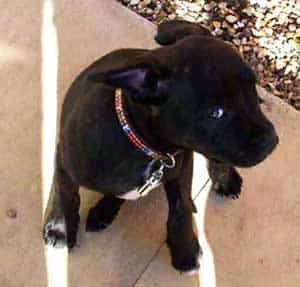
Early socialisation as young as possible, is the key to overcoming many aggressions in all dogs. My own Puppy Socialisation Classes We Allow Dogs with their first vaccinations.
I strongly believe that this early mix with both adults, children, and other pups of a similar age is so important. that it outweighs almost any other consideration.
There is a Vet not far from me that advises people to take their dogs out, let them off the lead and socialise with them after the very first vaccination.
He says the dogs are 90% covered for any disease, and if the owners are careful to keep their dogs away from foxes, other non-vaccinated dogs and areas where the disease may harbour, then they should be fine.
I am not sure I would go that far. Having said that I strongly believe that dogs should be allowed out in the parks and around the general public 48 hours after their second set of vaccinations.
In conclusion, the SBT has been given a bad reputation because of what it looks like, and not what it acts like. They do make a great family pet, and are loyal, loving and brilliant with people.
Unfortunately, the rescue centres are full of them, for the very reason that they make good pets. They are not aggressive to us, therefore, useless to the thugs that want them as weapons of intimidation. If you are considering a rescue dog then please consider the Staffordshire Bull Terrier. I don’t think you will regret it.
The Dangerous Dogs Act and BSL Breed-Specific Legislation
DDA (Dangerous Dogs Act of 1991) has a number of parts. Section one deals with BSL (Breed Specific Legislation). Currently, it lists four breeds of banned dogs. And there are strong calls for the Staffie to be added to that list.
As yet, no one has managed to prove that genetics alone determines the behavioural outcome of any animal. Therefore, stating that nurture/socialisation plays no part must be open to serious questions.
Eugenics is the word we sometimes use for the atrocities that were carried out by the Nazis in the second world war. They believed that in the name of selective breeding, it was acceptable to wipe out races of people that did not fit their Aryan ideals.
History now shows that this was an evil and misguided regime. Millions lost their lives because of their hereditary and genetic background. I fervently hope that in the future the eugenics fostered on breeds of dogs that are deemed to be genetically bad will be looked on in the same revulsion and horror as that Nazi regime.
By banning specific breeds, the legislators have effectively stated that breed/genetics alone determines the behavioural outcome. If we take that to its logical conclusion, then surely all animals, including humans are born either bad or good, depending on genetics, race or breed.
I am heavily involved with the DDA as an expert witness and assessor. That said, I believe the concept of BSL is intrinsically flawed. Training, socialisation and behavioural manipulation create changes in behaviour. That is a fact. I would be redundant as a behaviourist if that were not the case.
To state that nurture, socialisation, education and training have no impact on an individual or animal, must surely be wrong. The assumption that genetics only determines the outcome of behaviour flies in the face of all known psychological and behavioural studies. That must suggest BSL is based on a totally false premise. If that is the case then the act should be overhauled, rather than just tinkered with, by add-on laws and knee-jerk reaction sound bites.
Stan Rawlinson April 2012
Updated regularly last update 2018
These Articles are worth any dog owner reading
(1) The Danger of Early Spaying and Neutering
(2) The Dangers of Annual Vaccinations
(3) Bakers and Pedigree Dogfood Beware
(4) Hills, Burns and Royal Canin Perhaps Not As Good as They Claim
(5) Why Our Dogs Are Dying So Young
I think this needs repeating
The greatness of a nation and its moral progress can be judged by the way in which its animals are treated.
Gandhi



